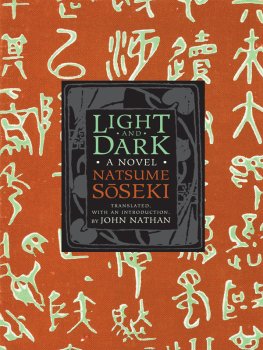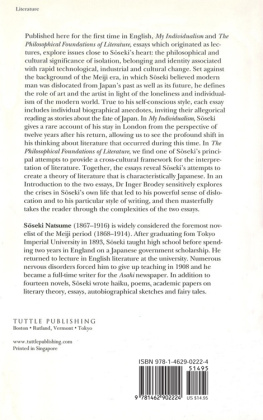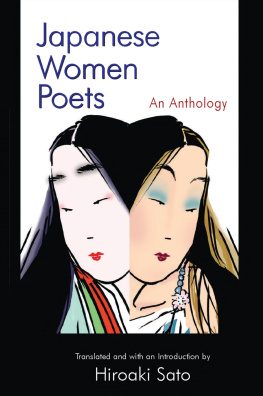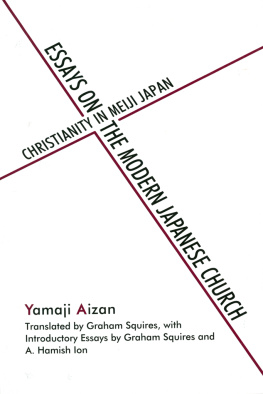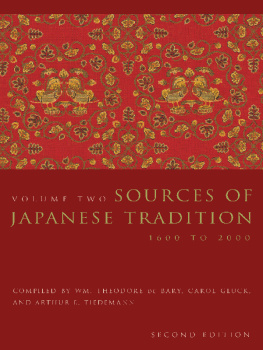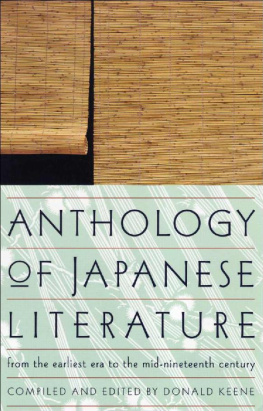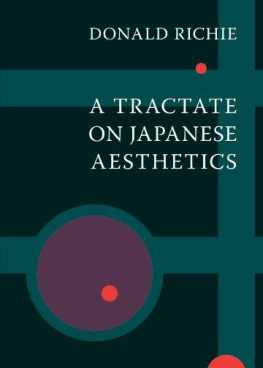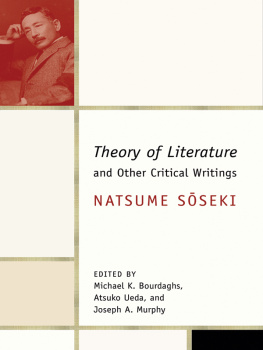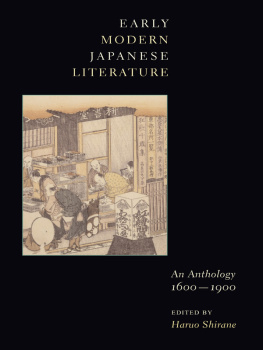Steven D. Carter - The Columbia Anthology of Japanese Essays: Zuihitsu from the Tenth to the Twenty-First Century
Here you can read online Steven D. Carter - The Columbia Anthology of Japanese Essays: Zuihitsu from the Tenth to the Twenty-First Century full text of the book (entire story) in english for free. Download pdf and epub, get meaning, cover and reviews about this ebook. year: 2014, publisher: Columbia University Press, genre: Art. Description of the work, (preface) as well as reviews are available. Best literature library LitArk.com created for fans of good reading and offers a wide selection of genres:
Romance novel
Science fiction
Adventure
Detective
Science
History
Home and family
Prose
Art
Politics
Computer
Non-fiction
Religion
Business
Children
Humor
Choose a favorite category and find really read worthwhile books. Enjoy immersion in the world of imagination, feel the emotions of the characters or learn something new for yourself, make an fascinating discovery.

- Book:The Columbia Anthology of Japanese Essays: Zuihitsu from the Tenth to the Twenty-First Century
- Author:
- Publisher:Columbia University Press
- Genre:
- Year:2014
- Rating:5 / 5
- Favourites:Add to favourites
- Your mark:
The Columbia Anthology of Japanese Essays: Zuihitsu from the Tenth to the Twenty-First Century: summary, description and annotation
We offer to read an annotation, description, summary or preface (depends on what the author of the book "The Columbia Anthology of Japanese Essays: Zuihitsu from the Tenth to the Twenty-First Century" wrote himself). If you haven't found the necessary information about the book — write in the comments, we will try to find it.
A court lady of the Heian era, an early modern philologist, a novelist of the Meiji period, and a physicist at Tokyo University. What do they have in common, besides being Japanese? They all wrote zuihitsua uniquely Japanese literary genre encompassing features of the nonfiction or personal essay and miscellaneous musings. For sheer range of subject matter and breadth of perspective, the zuihitsu is unrivaled in the Japanese literary tradition, which may explain why few examples have been translated into English.
The Columbia Anthology of Japanese Essays presents a representative selection of more than one hundred zuihitsu from a range of historical periods written by close to fifty authorsfrom well-known figures, such as Matsuo Basho, Natsume Soseki, and Koda Aya, to such writers as Tachibana Nankei and Dekune Tatsuro, whose works appear here for the first time in English. Writers speak on the experience of coming down with a cold, the aesthetics of tea, the physiology and psychology of laughter, the demands of old age, standards of morality, the way to raise children, the Great Kanto Earthquake of 1923, the thoughts that accompany sleeplessness, the anxiety of undergoing surgery, and the unexpected benefits of training a myna bird to say Thank you. These essays also provide moving descriptions of snowy landscapes, foggy London, the famous cherry blossoms of Ueno Park, and the appeal of rainy vistas, and relate the joys and troubles of everyone from desperate samurai to filial children to ailing cats.
Steven D. Carter: author's other books
Who wrote The Columbia Anthology of Japanese Essays: Zuihitsu from the Tenth to the Twenty-First Century? Find out the surname, the name of the author of the book and a list of all author's works by series.

